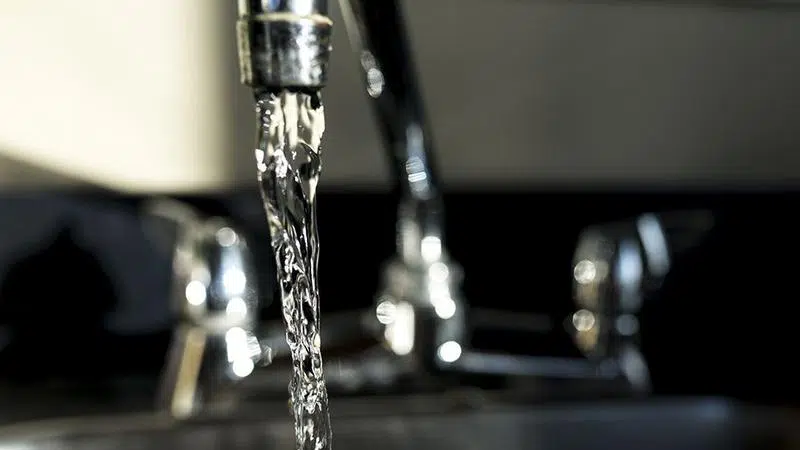
Study shows water bills becoming unaffordable for low-income households in North Battleford, other Sask. cities
A study by a University of Regina professor shows water bills for low-income households in several Saskatchewan cities are becoming increasingly unaffordable.
The report by Jim Warren, an assistant professor of social and social studies, used a number set by the Organization for Economic Co-operation and Development (OECD) that says a low-income household in a developed country should not spend more than five per cent of their after-tax income on water.
Warren decided to dig deeper into the topic during his work on water governance and management. His findings were published in the fall edition of Western Canada Water magazine.
“[People] were experiencing significant water rate increases and those increases were creating hardship for a number of people in these communities,” he said.


